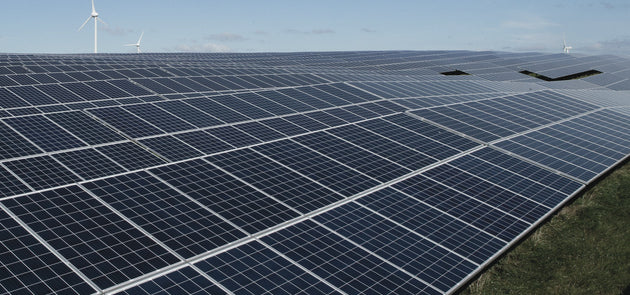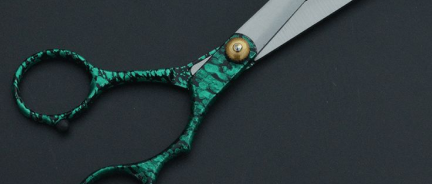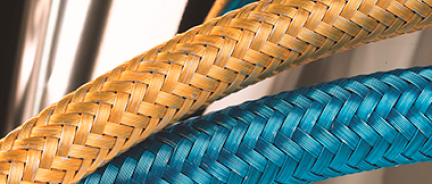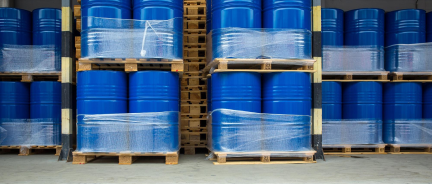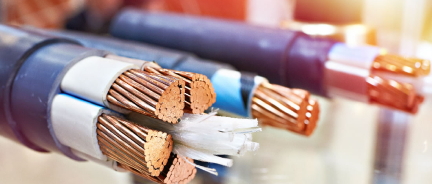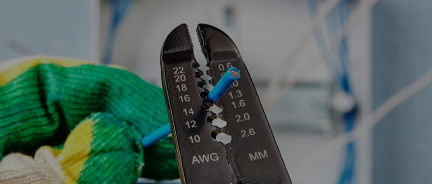MTW vs. THHN: When Is It Better to Choose One Over The Other?

In the electrical industry, THHN (Thermoplastic High Heat-resistant Nylon coated) is a golden standard for building wires and the most used building wire in the United States. When looking for a building wire, most people would just use it without thinking twice and would not be disappointed in their choice. Thermoplastic high heat-resistant nylon wire works perfectly in industrial, commercial, and residential buildings alike. However, you may find an alternative in MTW, or machine tool wire. As the name suggests, it is mostly used in machine tools and appliances. As a matter of fact, THHN and MTW perform well in similar circumstances, and one can always be subsidized for the other. Or can it? While both types of electrical wire demonstrate similar performance, there are subtle differences that every experienced electrician should be aware of.
MTW has bare or tinned copper conductors, whereas THHN is available in bare copper or aluminum.
If an aluminum conductor is something you would prefer based on price or weight, consider choosing THHN. If you prefer the superior conductivity of a copper conductor, both options are right for you.
MTW is More Flexible Than THHN
Thanks to a higher number of strands in a conductor, MTW offers much more flexibility. While the nylon coating of THHN is sure to provide some extra protection, it also makes it even less flexible. Many say that the THHN building wire is stiff and difficult to work with because of the flexibility issues. If an uncomplicated installment is your priority, consider opting for an MTW wire. Time spent installing is likely to be way longer for THHN. Tracing and replacing the wire afterward might also be quite complicated.
MTW Is Better For Control Panels, while THHN is just fine for regular panels
Using MTW for control panels is a regular practice among electricians because THHN simply does not perform well with this application. The reason? Again, it is a flexibility issue. While you can easily use THHN for the entire building, still choose MTW for control panels for a satisfactory result. If you have no access to MTW and absolutely have to use THHN, make sure to use proper stress relief and termination sleeves with it.
THHN is Superior With Water
A durable AND abrasion-resistant THHN performs better than MTW when in contact with water. This is true for both indoors and outdoors applications. If you need a completely waterproof wire, choose a water-resistant version of THHN- THWN wire. Most of the high-quality THHN wires are double-marked as THHN THWN-2 already, so you would not need a separate item for water submersion.
Now that you know the basic subtle and not-so-subtle differences between MTW and THHN, visit our website to choose your perfect building wire. We sell high-quality aluminum THHN THWN-2, copper THHN THWN-2, and copper MTW machine tool wire. All of the products are manufactured in the United States and sold at the best prices.





